Know what you are going to train your puppy for
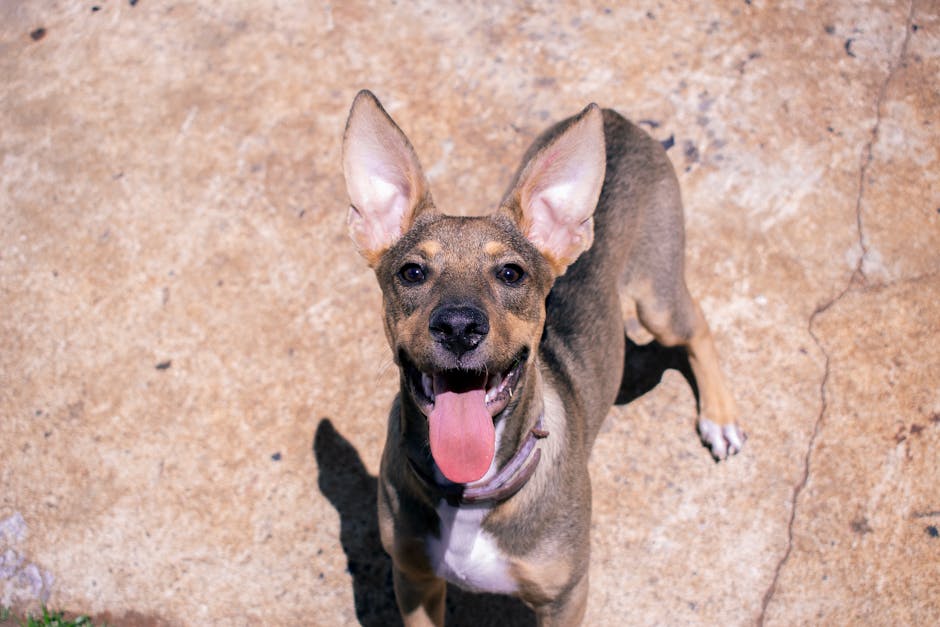
Photo by GERMAN SUAREZ on Pexels
Most people who get dogs want to bring out their dog’s hunting skills. If you take proper precautions, you can make this happen without forcing your dog to be aggressive or coming down hard on toys.
There is a right way and a wrong way to show your dog tricks. The first way that I will teach you is how to meet your dog’s natural behaviors and reactions. Once you understand those, we can put them into a learned behavior using trick training.
This method is pain-free, pretty fast, and most of all, fun! You may have encountered other “training” methods before, which is why I recommend my students to seek out experienced professionals to help them build trust in these basic commands.
Let’s look at where to start with trick training.
Choose a puppy with determination
Now that your new puppy is eight weeks old, he or she should be pretty well-behaved and trustworthy. You can still teach your dog everything you want him to know, but it will take more time than when he was six weeks old.
At this age, your dog has already had several meals, including food, so you have to make sure they have healthy foods. At two months of age, all dogs go through a period where they reject certain kinds of food. Make sure that you feed your dog enough of what she will eat so that her digestive system gets used to the food.
Also, at this age, she will start going to the bathroom everywhere except in her cage, bed, or kitchen floor. Because she is older, she knows which spots are acceptable to use as bathrooms and which ones are not.
You may find that she’s started using the toilet instead of running around the house like a crazy person, which is normal. As such, you need to make sure there’s a place set up for her to pee. It also helps if you install some litter boxes in the house, so she learns to walk on command.
Do not train your puppy too soon
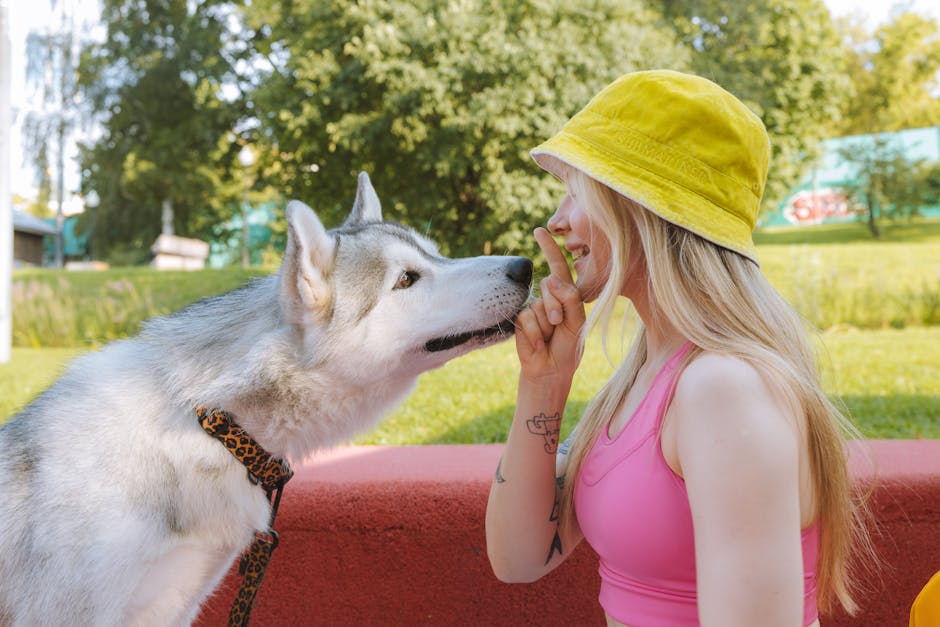
Photo by Yaroslav Shuraev on Pexels
In most cases, training your dog is a long-term commitment. When puppies are young, it is usually easy to see when they are being obedient or disobedient. If you notice that your puppy is getting too old to watch them more quickly, then it’s time to bring them back into their routine.
When dogs have been bred for hunting, catching prey requires concentration as well as quick thinking and reaction time.
In the wild, pups learn these things at home through repetition and play. Providing a litter-mate or another pet with company, structure, and discipline helps set them up for success in the future.
However, housebreaking a puppy before it has developed its own rhythm and cycle of wakefulness and sleep can be frustrating for both dog and owner. A dog may need to be taught where to go, how to use the bathroom, and what to do while there.
Furthermore, if one member of the household is busy with work or school, the dog may seem restless or even sick because he needs to spend time alone. To avoid this kind of trouble, no matter how eager you are to give your puppy a good home, don't try to train your dog before its age licensed veterinarian says it should be trained.
Sit, stay, and sleep
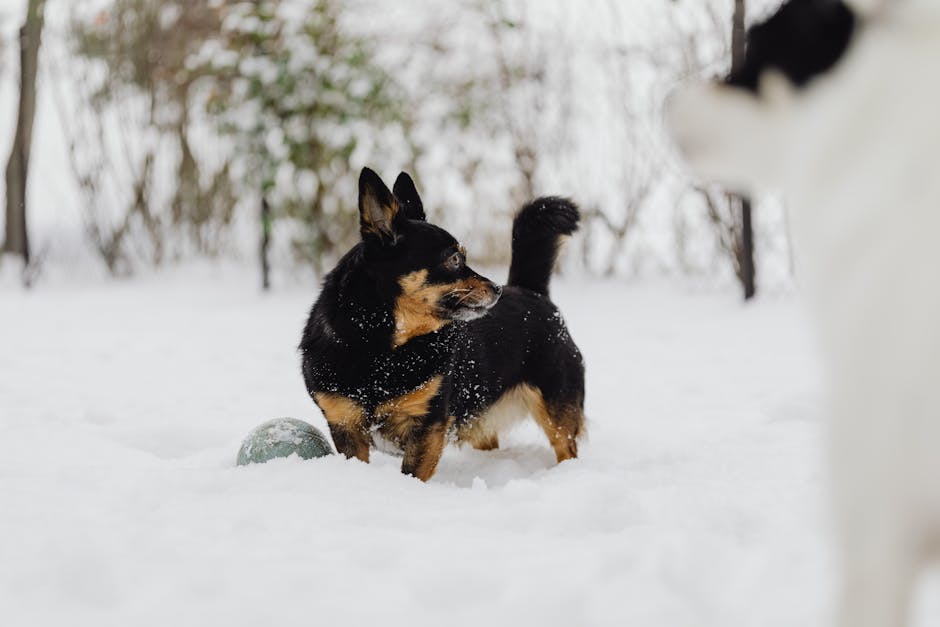
Photo by Karolina Grabowska on Pexels
If your puppy is too young to go everywhere she wants to be, this training method teaches her to sit, stay, and sleep when commanded.
This technique begins before you bring your puppy home from the vet. Once your puppy is comfortable with being picked up and placed in your arms, you can start introducing her to your scent by holding her close.
Then you can slowly tuck her between yourself and whatever source of comfort you are using (food or water) until she gets used to the sensation.
Similarly, as you lay down at night, if your puppy wakes you up, don’t immediately react; respond to what he’s done and help him understand that sleeping near you is fun. When you do wake up together, make sure you’re both awake; this helps train awareness.
As your puppy learns to trust you more and more, you can introduce petting, kissing, and playing inside games to build confidence and love. You can also try teaching your dog how to sleep next to you without waking you first.
Follow instructions

Photo by Julissa Helmuth on Pexels
After birth, your puppy will depend on you to provide them with direction and discipline. If they are young, keep this segment of training going as long as possible.
If you have an older dog and only need short amounts of training, or if you do not know how to control your dog's behavior, then stop training for now.
When you leave home, your pup may be confused by what changes occur daily. They may see strangers walking their food, taking care of them, and speaking kindly to them.
It can be difficult turning him away when he asks why we go out, who is inside and where we are going.
Also, as we all tend to share things, people and emotions, your dog might hear other people talking, which can also make it harder for him to understand that there are different conversations and times.
He needs you to differentiate between distractions so that he can focus solely on you and what you are saying.
Never force your dog to interact with you or drop verbal commands such as “ sit” or “ stay” because these commands are nonverbal. When your dog stays or leans against you, they are communicating that they want to trust you and be near you.
If you call his name (or mine) in a high-pitched voice, he’ll listen more closely. You can even teach him a trick by using his name and a smile.
Be consistent

Photo by cottonbro on Pexels
If you are not living with dogs that have natural prey drives, it is highly recommended to wait until your puppy is out of its crate-bed training stage before introducing walking trails.
During this time, your puppy will already be comfortable at home, so making sure the trail is safe and fun for the dog is priority one.
Make sure to keep track of how long walks each day take you, and make sure you’re giving yourself enough time away from work or other commitments. It takes most people between two and four months to build up their confidence on the walker, and we recommend allowing twice as much time in case things happen unexpectedly.
It also helps to put the leash on when they leave the house and let them run around the yard while being pulled. Running around the yard helps build their confidence even more.
Once they get used to coming to you instead of chasing you, you can introduce the cat corral thingy, which has different difficulty levels. Also, putting back the toys they play “catch” with into the purse makes going outside less stressful.
These things take time, though, so don’t rush it. We all want our puppies to be happy and confident, but it takes a lot of effort from everyone involved to give his/her new pet the best chance for success.
Remember: patience is key!
Handle them properly
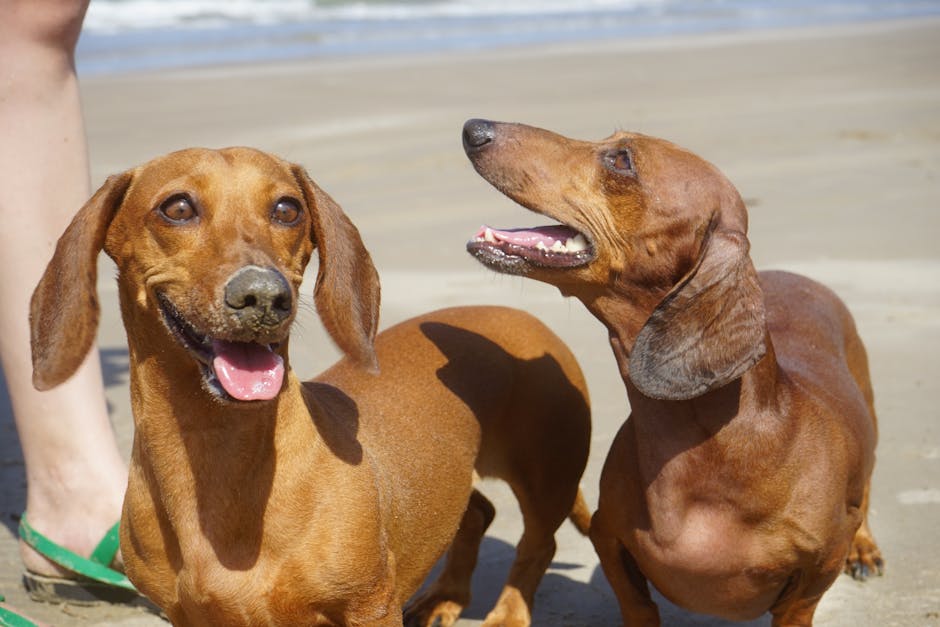
Photo by Tatiana LM on Pexels
The first thing to do when you are around your puppy is to be gentle with him. If you have another dog, you should be working on training her now.
You need to wait until you know that she is well-behaved before you introduce the second member of your family.
If you don’t live with other people, then it doesn’t matter when you get your new baby pet; just make sure she is well-behaved. Many dogs become very nervous or aggressive once they enter a confined area. This can change someone’s demeanor quickly.
When you are playing with your puppy, let her join in the fun but keep her close, so she is safe. Make sure everyone knows how to speak softly to their pets. It will help put anyone at ease right away.
Some people prefer having a pet outside the house; maybe this is what you want for yourself too. Keep safety measures in mind during your free time, such as keeping an eye on the animal while he is running around or making sure there is enough water for him to drink.
These things will ensure his comfort and protect him from any potential danger.
Reward good behavior
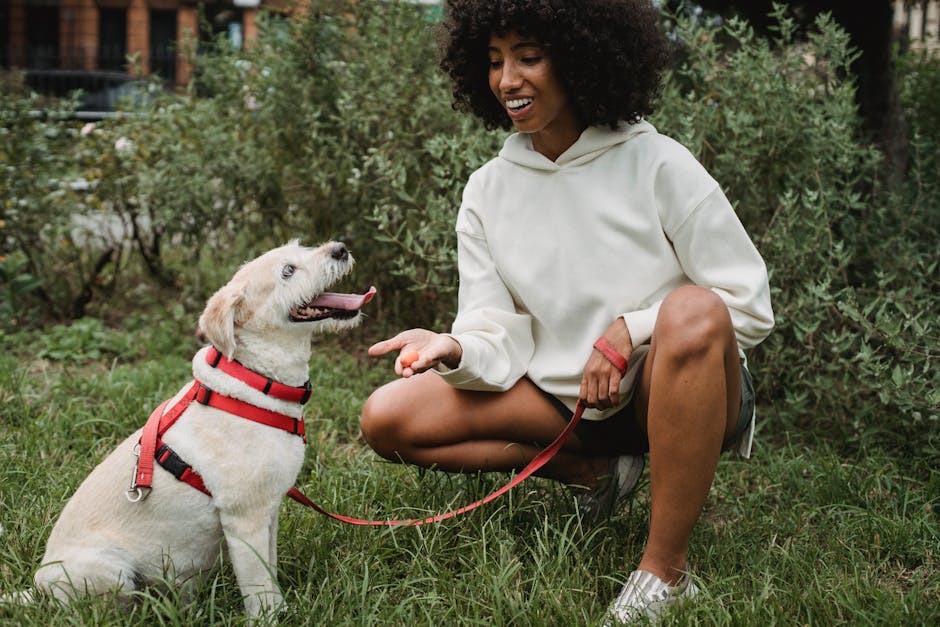
Photo by Samson Katt on Pexels
Most puppies are very curious, and they will keep pushing and poking places that they should not be if you pay attention to what your dog is doing. If you respond calmly to this behavior with a reward, most dogs will learn quickly that opening their mouth for treats happens when they behave.
It’s hard to believe, but giving rewards can make it harder to train your puppy. When you give your pup treats, they expect them every time they do something right.
If you don’t offer opportunities for treats at the correct times, your pup may think there is something wrong or that the treats have disappeared.
Once you get into the habit of offering rewards, treat-free periods become much longer than usual. To help strengthen your bond and confidence in his ability, try delaying any kind of reward until he has done something successfully. This develops patience and trust between you.
Punish bad behavior
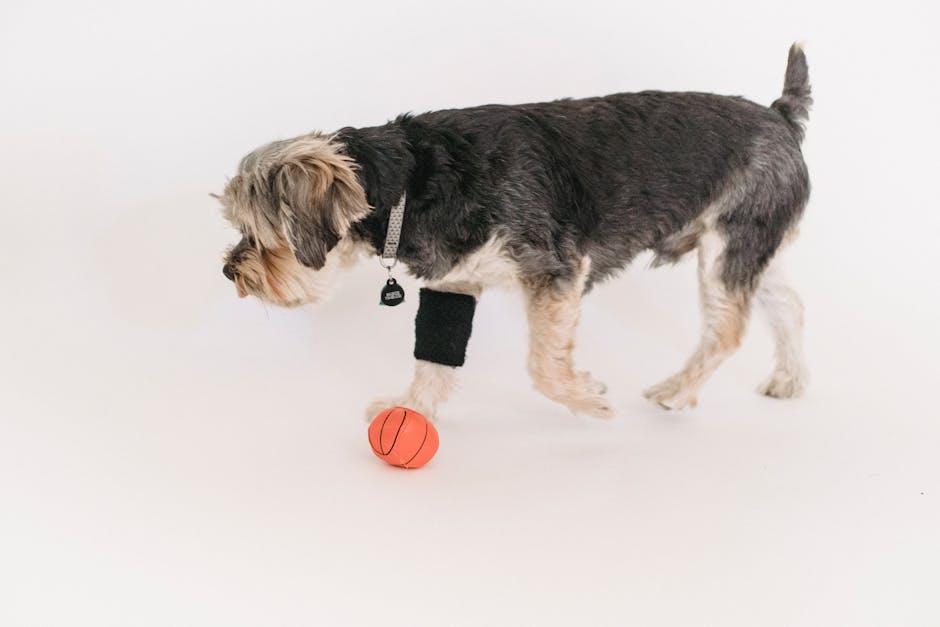
Photo by Sam Lion on Pexels
Let’s say your puppy is not listening to you (or any other adult in his life). You can use reward or punishment-based training methods at this stage.
Many people form habits that their dogs seem to like. For example, if you eat snacks at night, then your dog may sleep through the night more frequently. If you drink coffee in the morning, then your dog will likely follow your lead and start drinking coffee as well.
If you want your dog to do something, teach him how to get it. Then, when he does what you asked, give him a treat or some playtime for doing so.
Punishment would be taking away a toy or two after he doesn’t listen to you. Be sure to let your dog know that whatever he gets into that, he won’t stop getting it off of himself.



